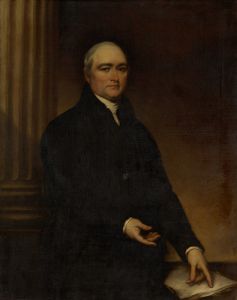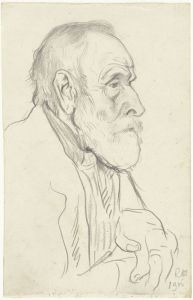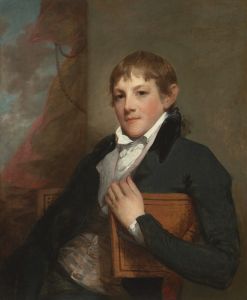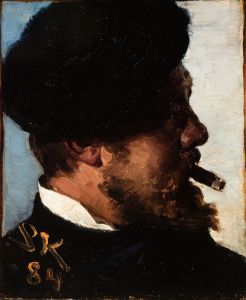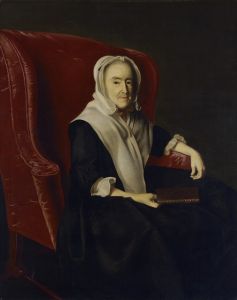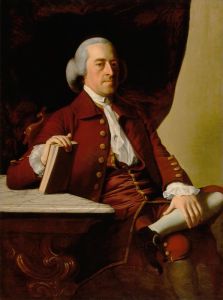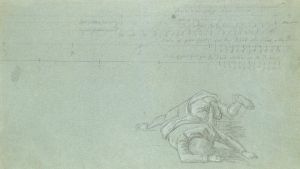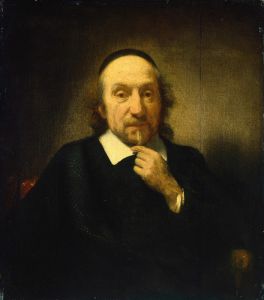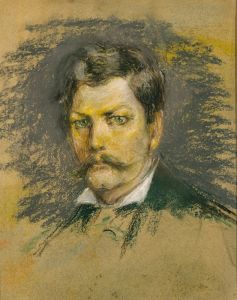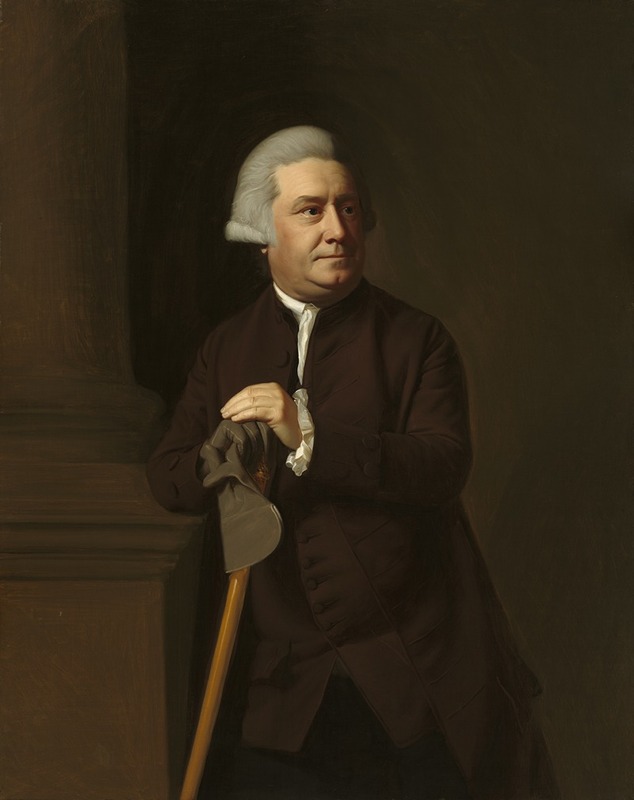
Thomas Amory II
A hand-painted replica of John Singleton Copley’s masterpiece Thomas Amory II, meticulously crafted by professional artists to capture the true essence of the original. Each piece is created with museum-quality canvas and rare mineral pigments, carefully painted by experienced artists with delicate brushstrokes and rich, layered colors to perfectly recreate the texture of the original artwork. Unlike machine-printed reproductions, this hand-painted version brings the painting to life, infused with the artist’s emotions and skill in every stroke. Whether for personal collection or home decoration, it instantly elevates the artistic atmosphere of any space.
Thomas Amory II by John Singleton Copley is an 18th-century portrait painted by the renowned American artist John Singleton Copley. The painting depicts Thomas Amory II, a prominent Boston merchant and member of a wealthy and influential family in colonial New England. Copley, known for his exceptional skill in portraiture, created this work during a period when he was establishing himself as one of the leading artists in the American colonies.
Thomas Amory II (1701–1774) was a successful businessman involved in the transatlantic trade, and his family was well-connected in Boston society. The portrait reflects the social status and affluence of its subject, as was typical of Copley’s commissions. Copley’s ability to capture the textures of fabrics, the details of facial expressions, and the overall dignity of his sitters is evident in this work. The painting is an example of Copley’s meticulous attention to detail and his ability to convey the personality and stature of his subjects.
The exact date of the painting is not definitively recorded, but it is believed to have been created in the mid-1760s, during a time when Copley was at the height of his career in Boston. This period was marked by increasing tensions between the American colonies and Britain, but Copley’s work remained focused on portraying the elite of colonial society.
The portrait is executed in oil on canvas, a medium Copley frequently used. The composition likely includes elements that emphasize Amory’s wealth and position, such as fine clothing and possibly objects associated with his trade or personal interests. However, specific details about the objects or background in this particular painting are not widely documented.
John Singleton Copley (1738–1815) was one of the most important American artists of the 18th century. His portraits are celebrated for their realism and ability to capture the character of his subjects. Copley later moved to England in 1774, where he continued his career and gained international recognition.
The current location of the Thomas Amory II portrait is not specified in widely available sources, but many of Copley’s works are held in major art institutions, including the Museum of Fine Arts in Boston and the National Gallery in London. This painting remains an important example of Copley’s contribution to American art and his role in documenting the colonial elite.





